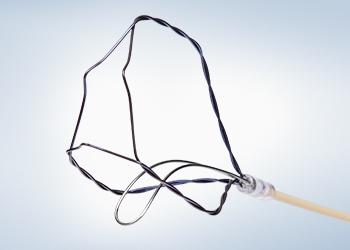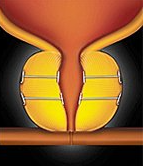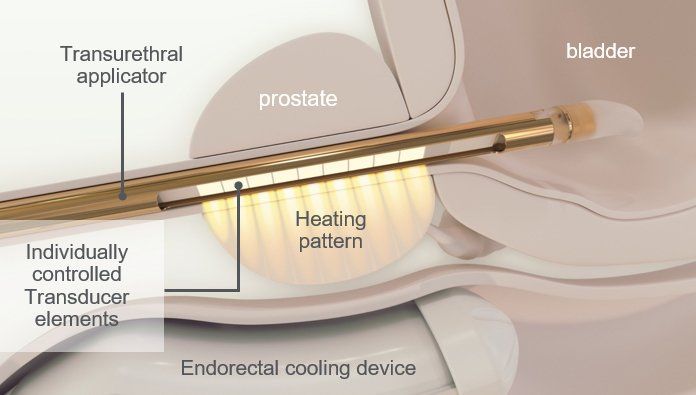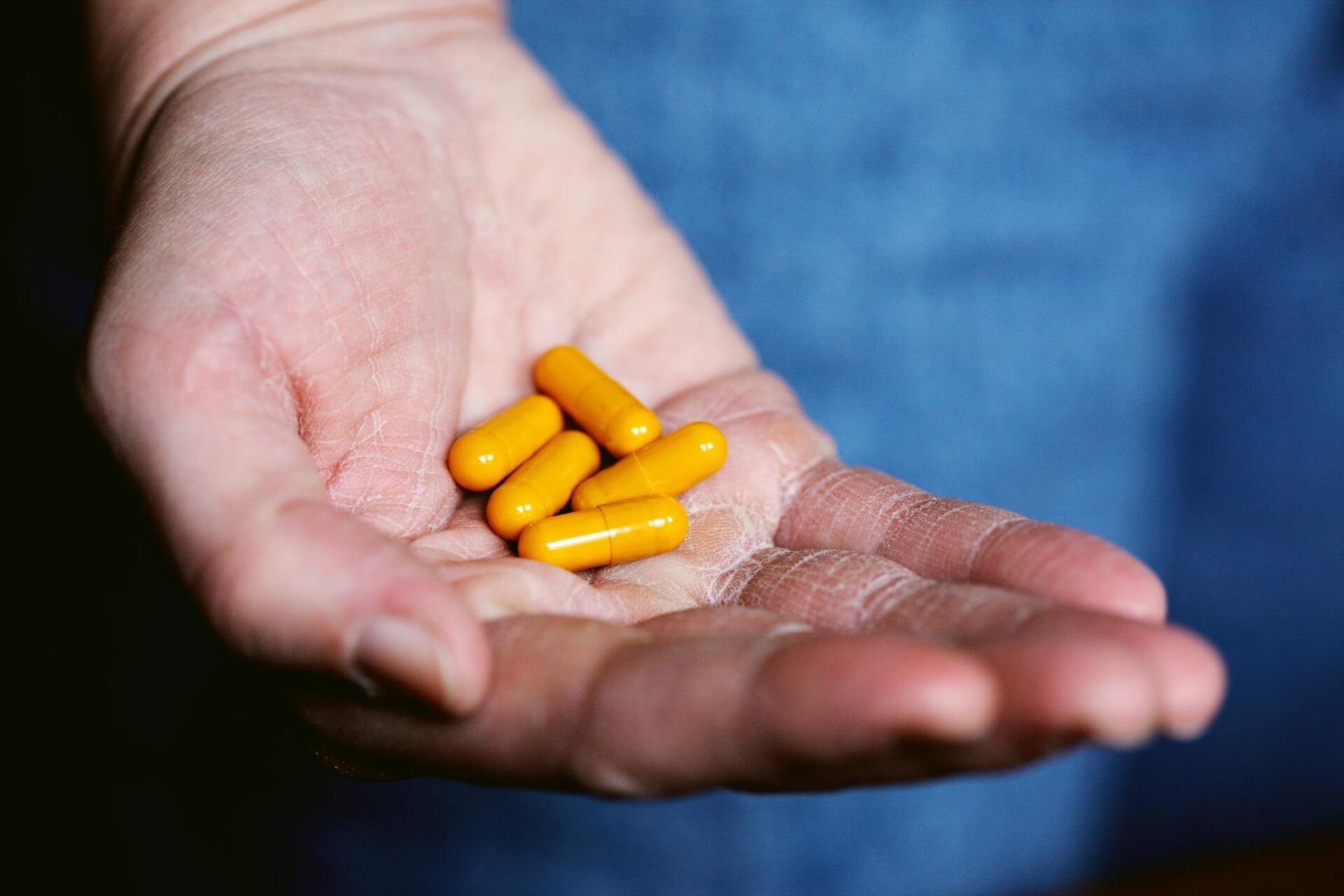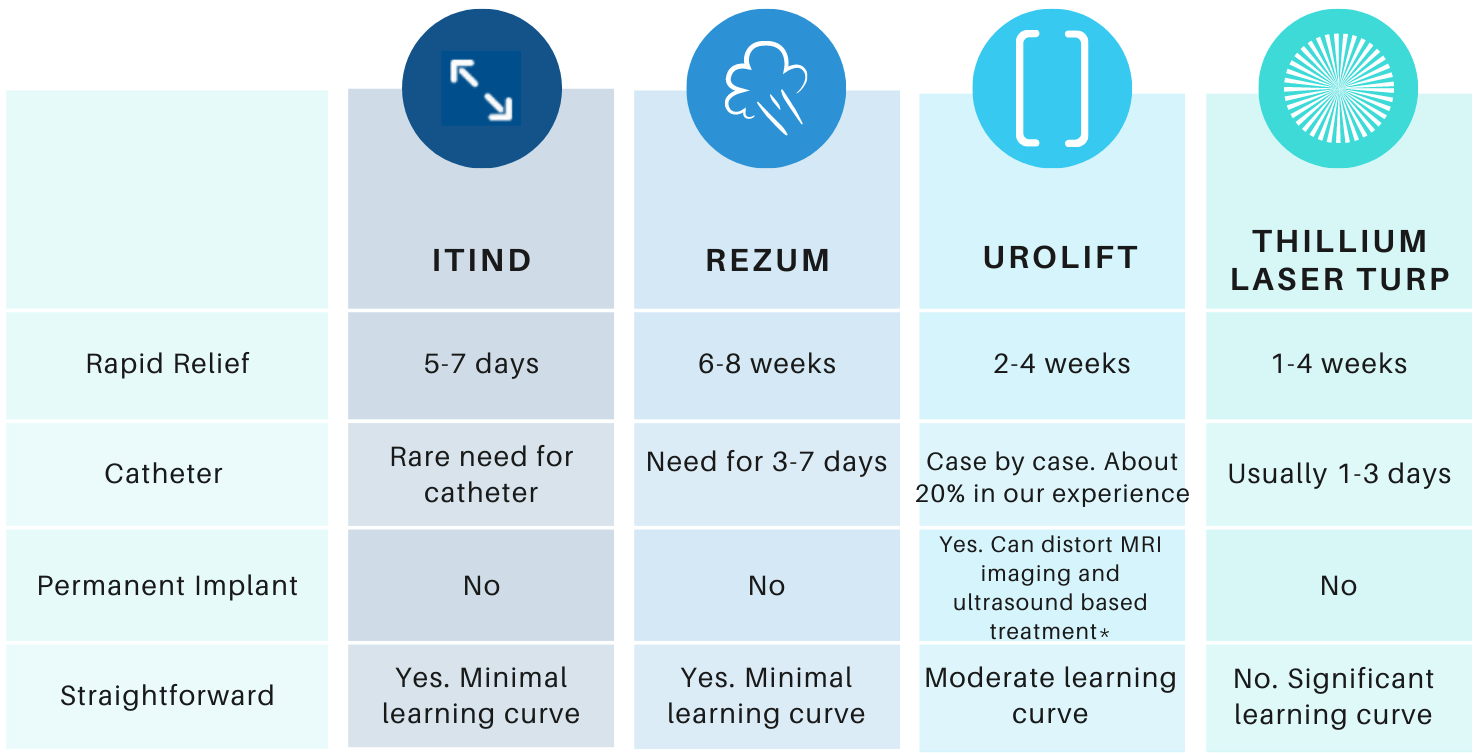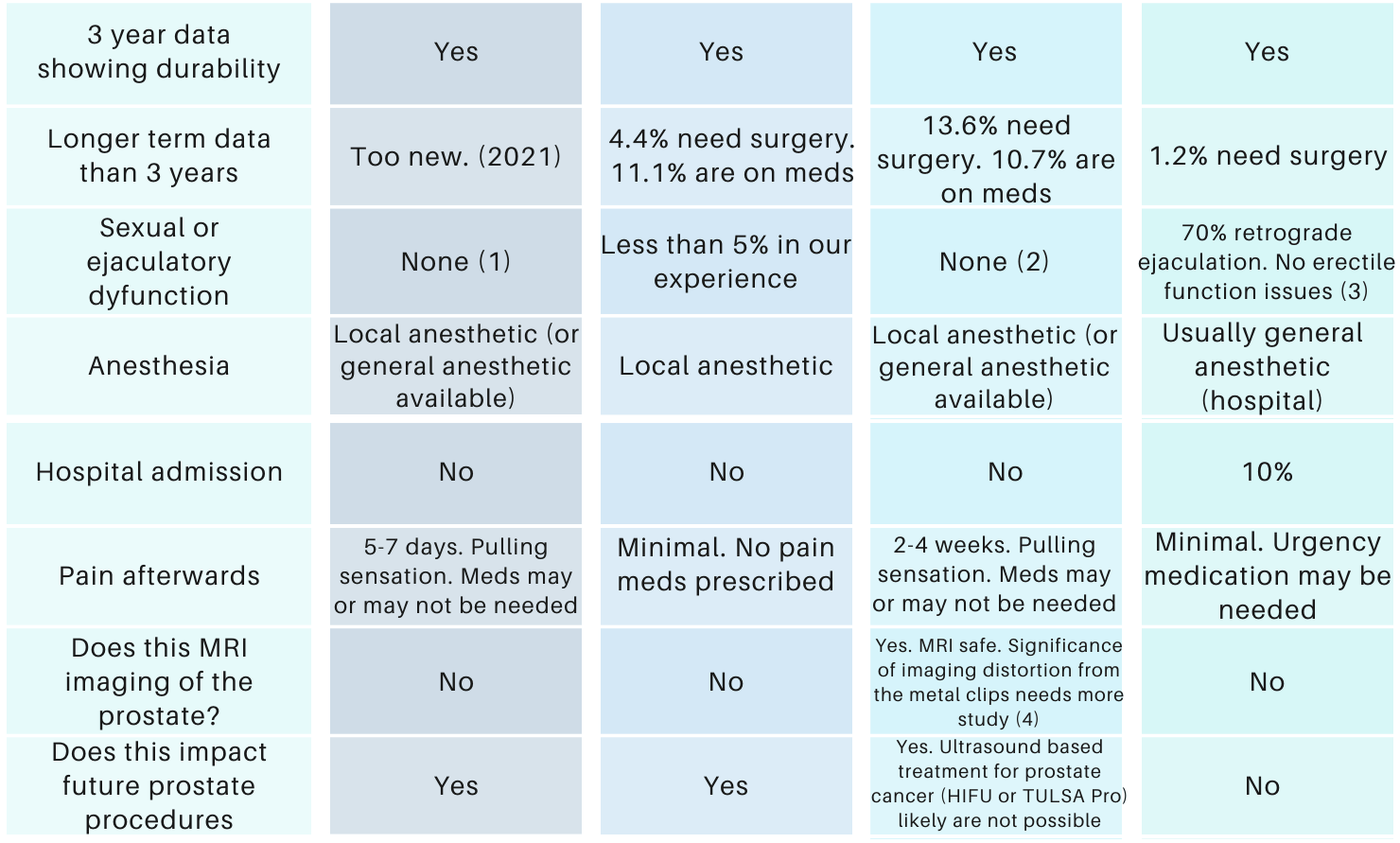ENLARGED PROSTATE
60% of men over sixty and 80% of men over eighty years of age have been diagnosed with Benign Prostate Hyperplasia (BPH)
What is an Enlarged Prostate?
What is an Enlarged Prostate?
Benign prostatic hyperplasia (BPH), often referred to simply as enlarged prostate, is called such because it occurs when the prostate gland in the male sexual organ enlarges. This growth in and of itself is completely harmless, or benign. Further, it’s both natural and normal. Every man’s prostate grows as he ages because of changes in hormone balance and cell growth.
There are two things we watch out for as your prostate grows with age. The first is prostate cancer. The second is whether or not, or “when”, its sheer size causes it to get in the way of other systems. We say “when” because for most men, their prostate eventually gets in the way of their urinary tract. Over 50% of men over the age of 75 experience uncomfortable urinary symptoms from an enlarged prostate, and in many men the symptoms begin to occur at a much younger age. So just as most of us eventually need glasses if we’re lucky enough to live a relatively long life, and many of us need surgery on our knees, or hips or joints at some point, so too do most of us (men) need a little prostate tune-up at some point.
Stages of BPH
As your prostate grows over time, it begins to put pressure on your urethra, impeding and eventually cutting off your ability to urinate with ease. The images below depict this change over time.
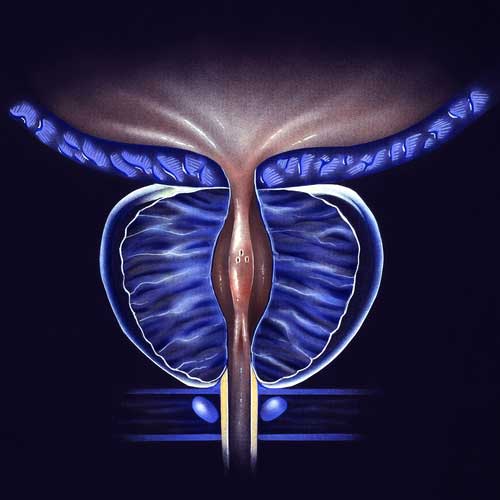
Normal Prostate Gland
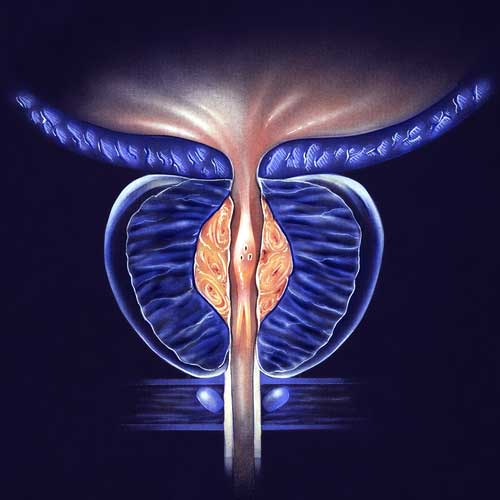
Stage 1 BPH
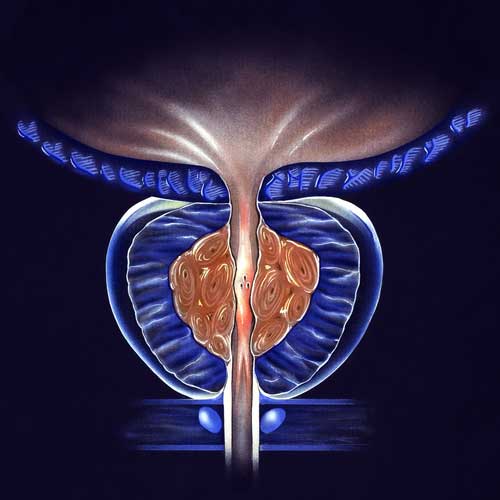
Stage 2 BPH
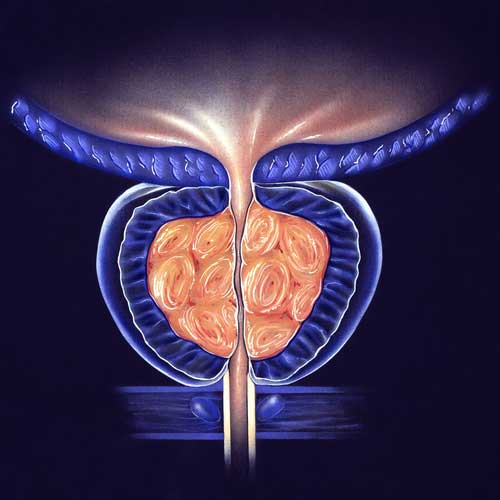
Stage 3 BPH
Symptoms and Signs of BPH
Symptoms and Signs of BPH
As your prostate grows bigger over time, it eventually begins to press on the urethra. This is typically when the first symptoms of BPH begin, usually in the form of urination difficulties.
Men with a more advanced, or severe case, may also experience one or more of the following signs:
- Dribbling at the end of urination
- Straining to urinate
- Being unable to control urination
- Having strong and sudden urges to urinate two to three times a night
- Having a weak urine flow
- Bleeding while urinating
- Not being able to urinate at all
Uncomfortable urinary symptoms can be treated in a number of ways depending on the severity of your condition.
In summary, no head to head studies exist at the moment. Patients should consider options that will solve their problem. After narrowing down options, the next step is to see how you can deal with possible side effects such as discomfort or sexual side-effects afterwards. Finally, patients should consider the downsides of any options that prevent future imaging or treatment of the prostate if needed.
- Porpiglia F, Fiori C, Bertolo R, Giordano A, Checcucci E, Garrou D, Cattaneo G, De Luca S, Amparore D. 3-Year follow-up of temporary implantable nitinol device implantation for the treatment of benign prostatic obstruction. BJU Int. 2018 Jul;122(1):106-112. doi: 10.1111/bju.14141. Epub 2018 Feb 14. PMID: 29359881.
- Roehrborn CG, Barkin J, Gange SN, Shore ND, Giddens JL, Bolton DM, Cowan BE, Cantwell AL, McVary KT, Te AE, Gholami SS, Moseley WG, Chin PT, Dowling WT, Freedman SJ, Incze PF, Coffield KS, Herron S, Rashid P, Rukstalis DB. Five year results of the prospective randomized controlled prostatic urethral L.I.F.T. study. Can J Urol. 2017 Jun;24(3):8802-8813. PMID: 28646935.
- Leong, Joon Yau, Amir S. Patel, and Ranjith Ramasamy. "Minimizing sexual dysfunction in BPH surgery." Current sexual health reports 11.3 (2019): 190-200.
- When technologies collide Defining Urolift artefact and risk of missing cancer on Magnetic Resonance Imaging (MRI) P. Chin, R. Jyoti,, D. Habashy (abstract)

